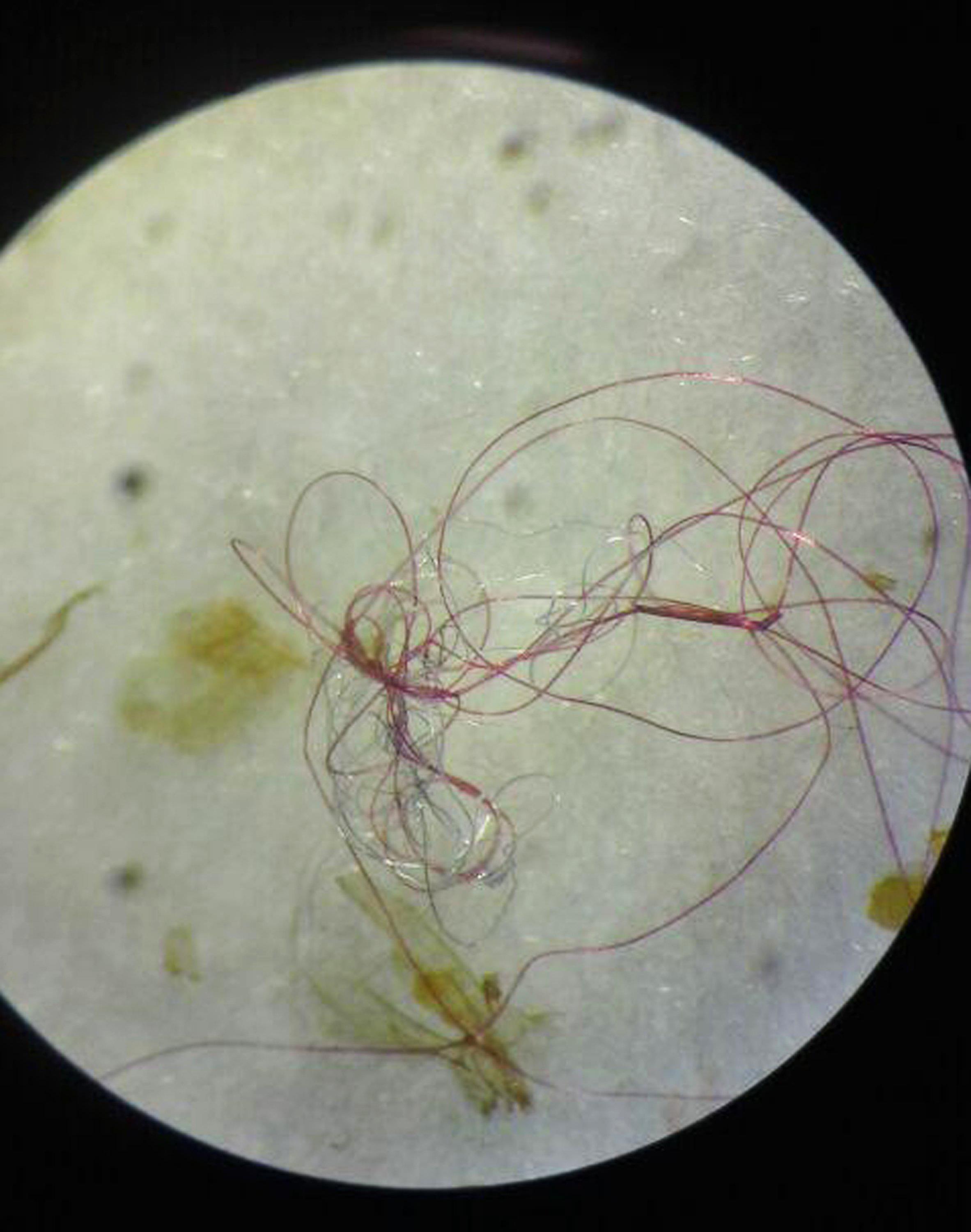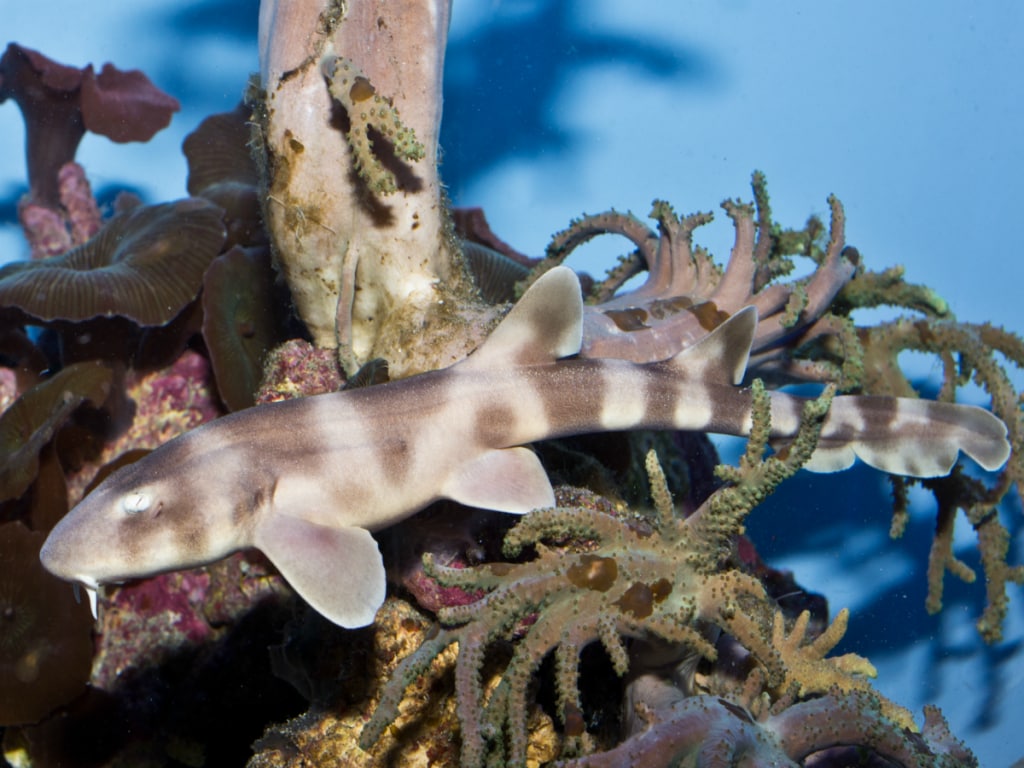1. Japan Has Unveiled These Amazing Designs to Build a Fully Functioning Underwater City
The Shimizu Corporation has just released the conceptual drawings to their underwater city project. The design includes residences, offices, laboratories, and some self sustainable features. Shimizu Corporation has also drafted plans on how to actually build this submerged city. Overall, the project would cost at least $26 Billion and could be completed in 2035. Read more…
2. New Species of Marine Reptile Identified from Skye Fossils
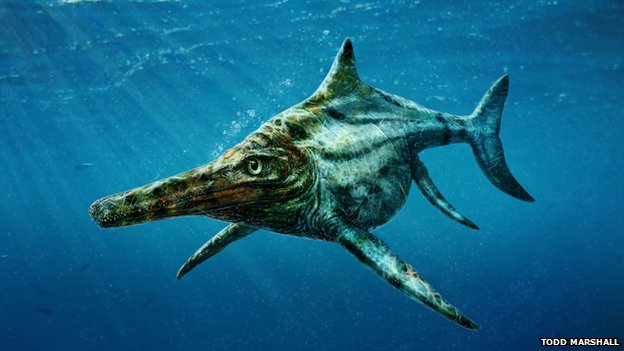
3. The Great Lakes are Teeming with Tiny Plastic Fibers
Sharks are known to have extremely complex reproductive systems. The California Academy of Sciences’ Steinhart Aquarium was especially surprised to see a pup born in 2010 from a mother who had not had contact with a mate since 2007. There were a number of hypothesis as to how this may have occured but, the ultimate conclusion was that this female brownbanded bamboo shark stored sperm for 4 years. This case will be added to the knowledge on the reproduction of sharks which will be critical for shark conservation efforts. Read more…
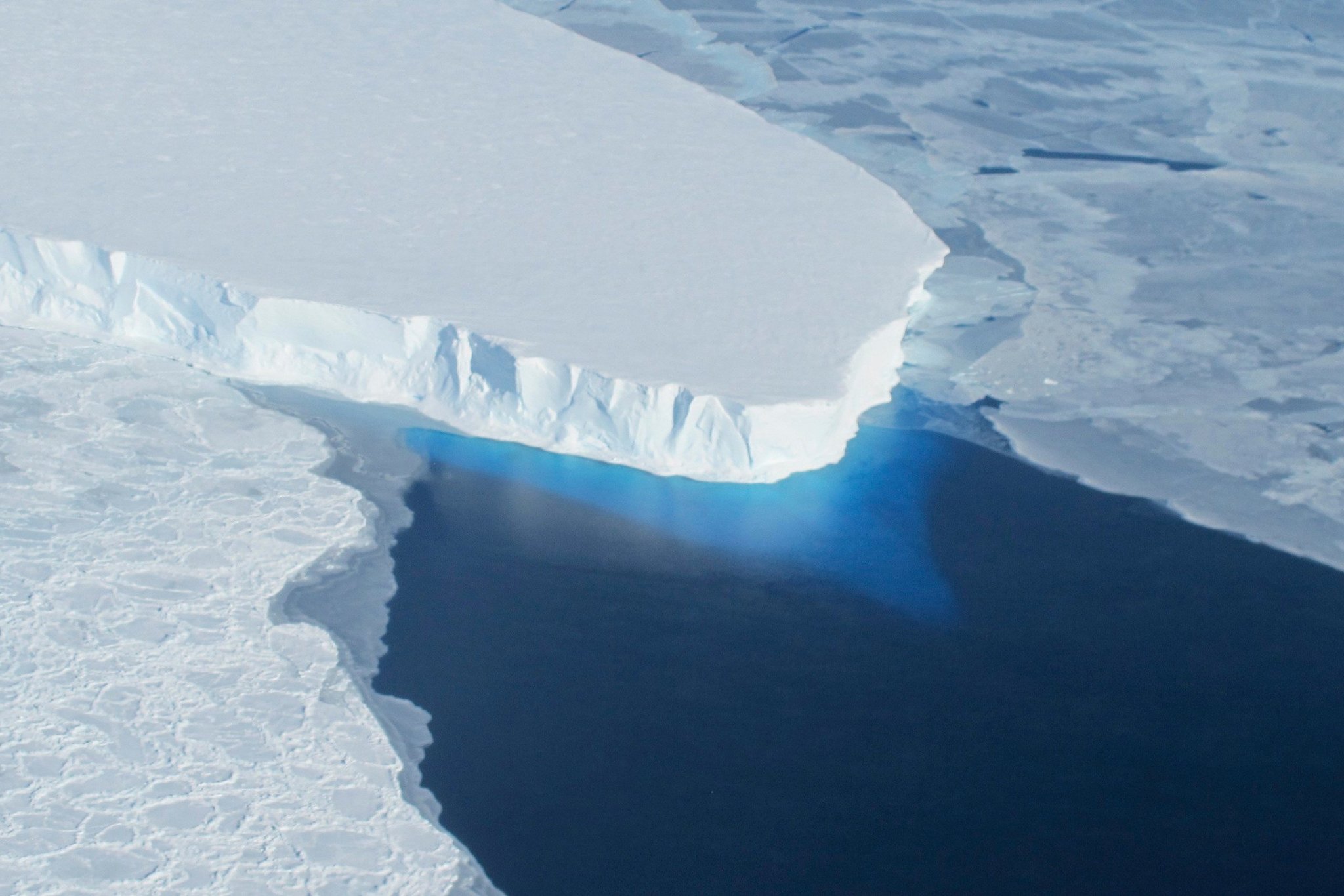 A team from Harvard and Rutgers Universities found that, over the 20th Century, the sea level has only risen 5 inches as opposed to the believed 6 inches. You may be thinking, what’s the big deal? Well, that is around a 2 quadrillion gallon difference. This research team was able to use the years of data taken from tide gauges and statistically refine that to account for confounding variables. Although this discrepancy was discovered, the ocean still appears to be rising at a rate of about a foot per century. Flooding, erosion, and ice melting still continue to be tremendous concerns., Read more…
A team from Harvard and Rutgers Universities found that, over the 20th Century, the sea level has only risen 5 inches as opposed to the believed 6 inches. You may be thinking, what’s the big deal? Well, that is around a 2 quadrillion gallon difference. This research team was able to use the years of data taken from tide gauges and statistically refine that to account for confounding variables. Although this discrepancy was discovered, the ocean still appears to be rising at a rate of about a foot per century. Flooding, erosion, and ice melting still continue to be tremendous concerns., Read more…
6. Steelhead trout in NY’s Salmon River suffer vitamin disorder

The New York State Department of Environmental Conservation (DEC) has discovered that the steelheads, a type of rainbow trout, are vitamin B deficient. Without this critical vitamin, the steelheads will see an increased mortality rate, a decrease in reproduction, and the population will dwindle. Read more…
———————————————–
8. New Mediterranean Sponge Species Found
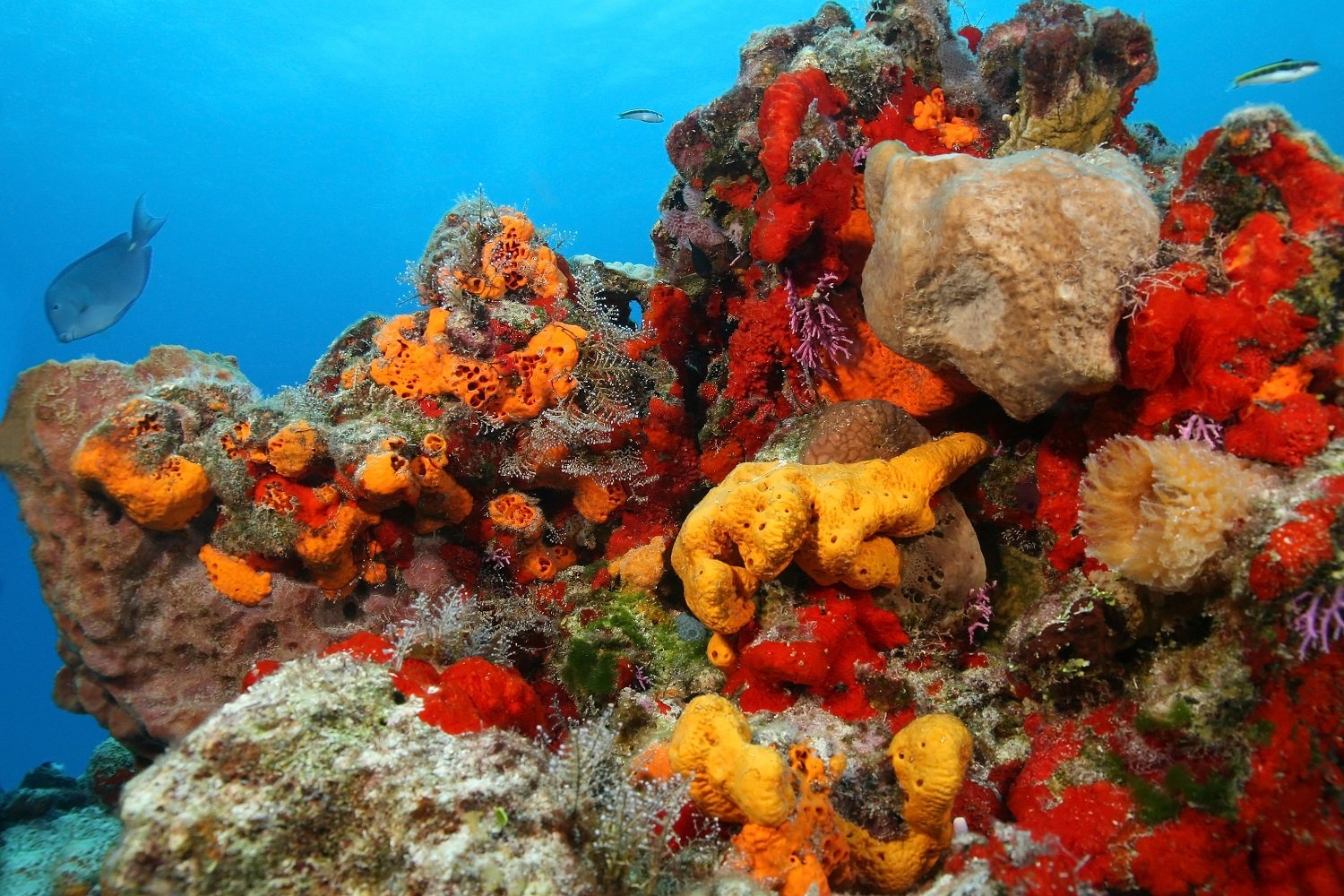
9. The 10 Longest Animals in the Ocean
Find out which animal takes the win for the longest in the world! This line up includes sharks, whales, manta rays, and many more. Review the complete list here…
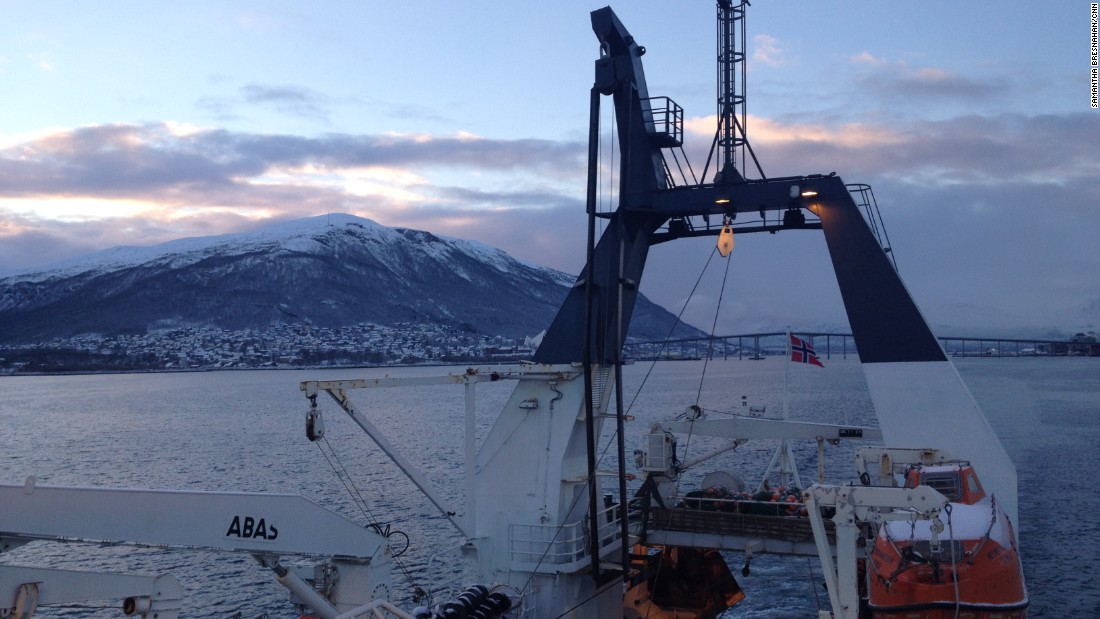
As reported by the World Health Organization, humans have become resistance to many antibiotics. Both bacteria and fungi have been sources for antibiotics and 70% come from sediment and soil. The PharamSea team has set sail on a new endeavor, looking to the sea for organisms with antibacterial properties. Read more…
11. How Do Sea Turtles Find the Exact Beach Where They Were Born?
 The loggerhead sea turtles are a unique creature. Every year, the turtles return to exactly the same spot where they were born to lay their own eggs. A recent study shows that the loggerhead sea turtles use the Earth’s magnetic field to return to their birth place. Read more…
The loggerhead sea turtles are a unique creature. Every year, the turtles return to exactly the same spot where they were born to lay their own eggs. A recent study shows that the loggerhead sea turtles use the Earth’s magnetic field to return to their birth place. Read more…12. A Drone Caught These Whales Singing as They Fish for Their Lunch

An adult humpback whale weights over 70,000 lbs and can range from 39 to 52 feet in length. This massive species requires almost 2 tons of food every day to build up their fat reserves which are used in the winter. So, how do these whales manage to collect all of that food? Watch here…
Be sure to “LIKE” http://facebook.com/SeaSave to ensure our “Week in Review” is delivered to your newsfeed every Thursday.

